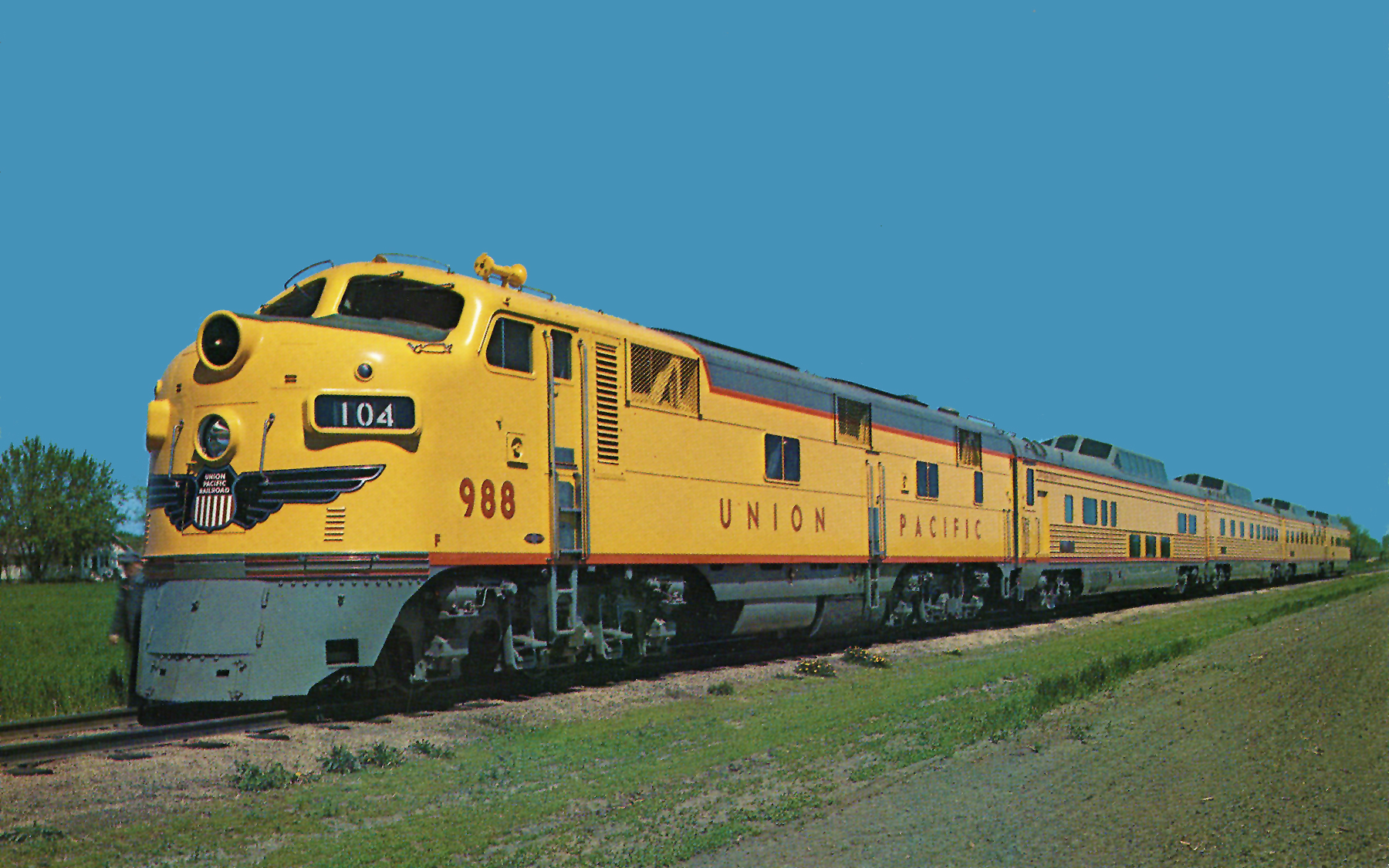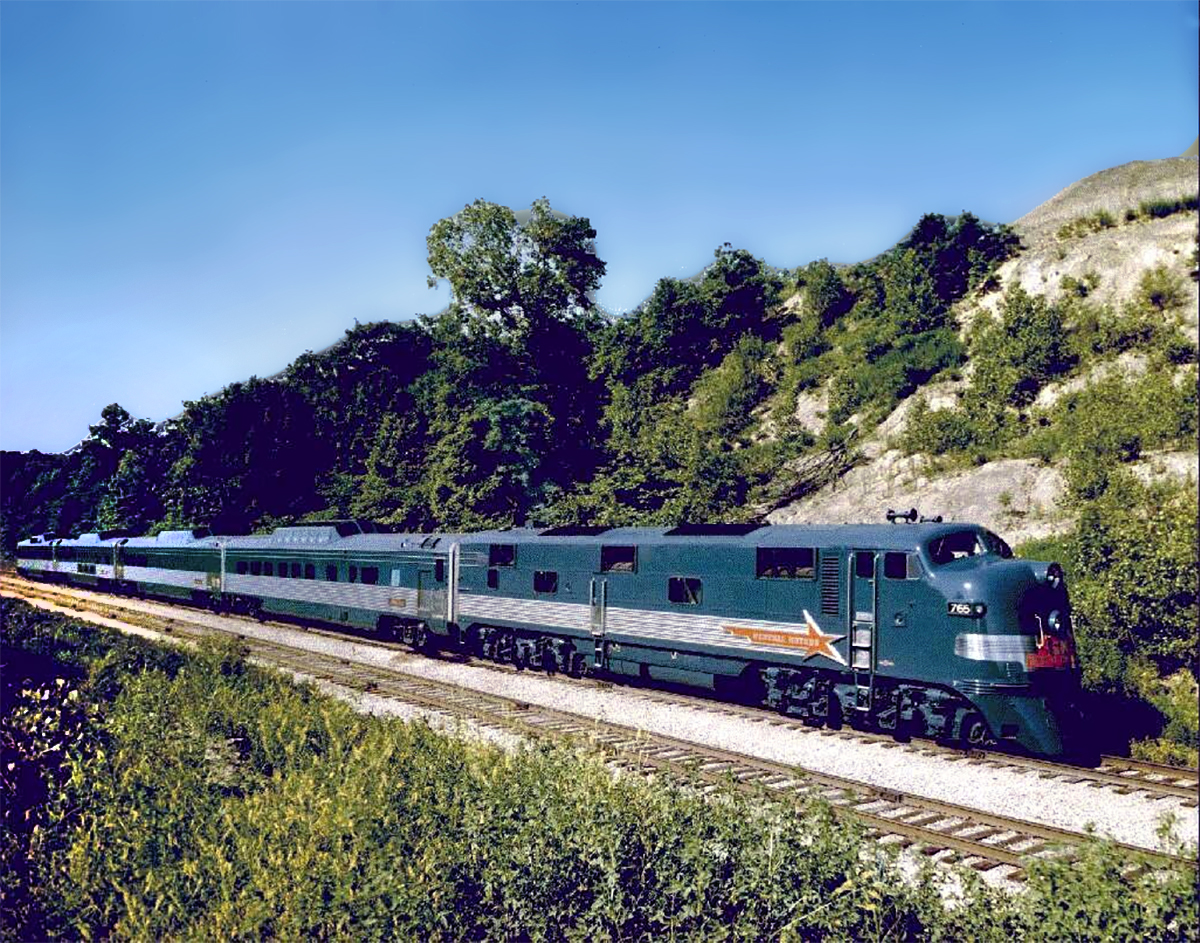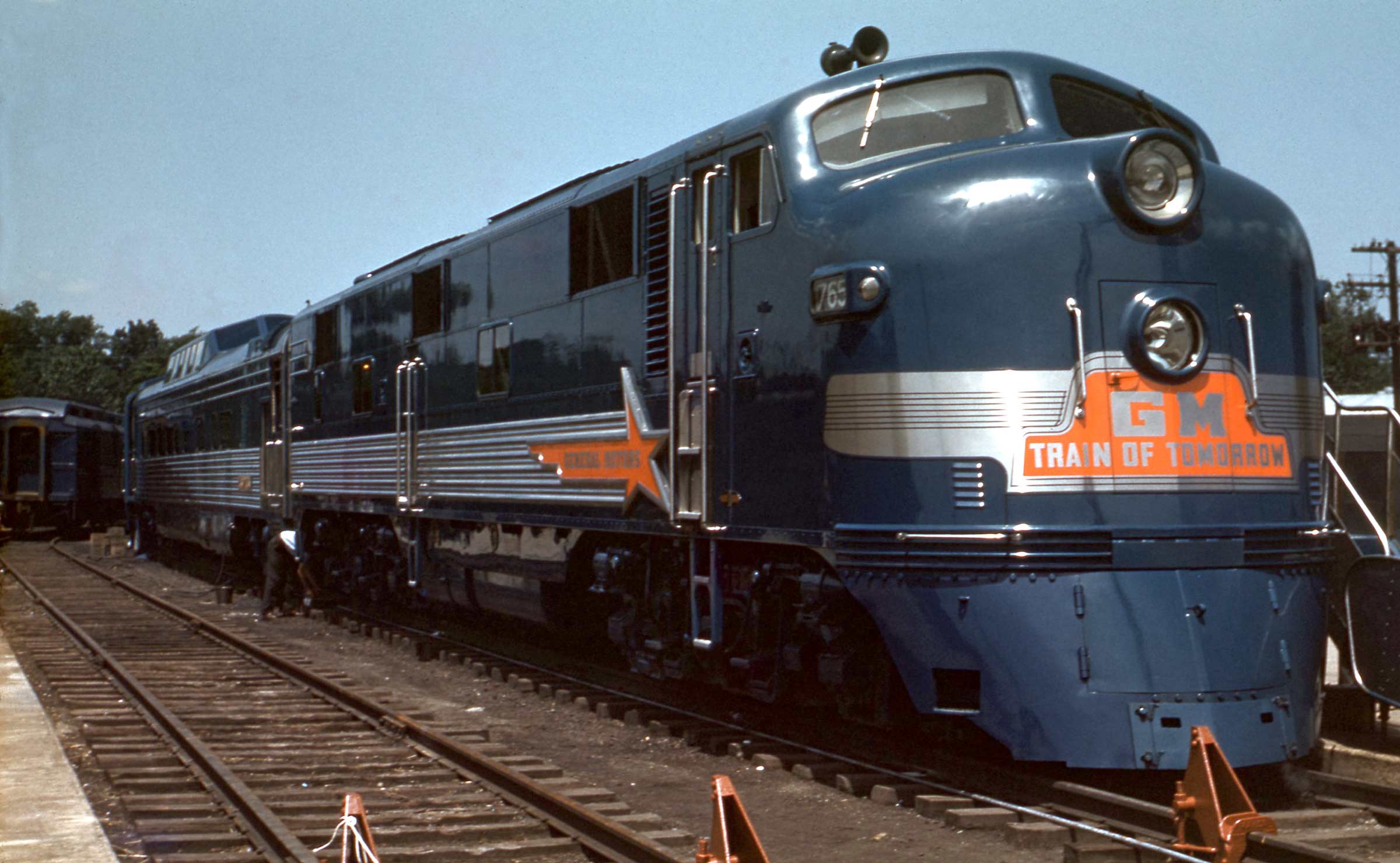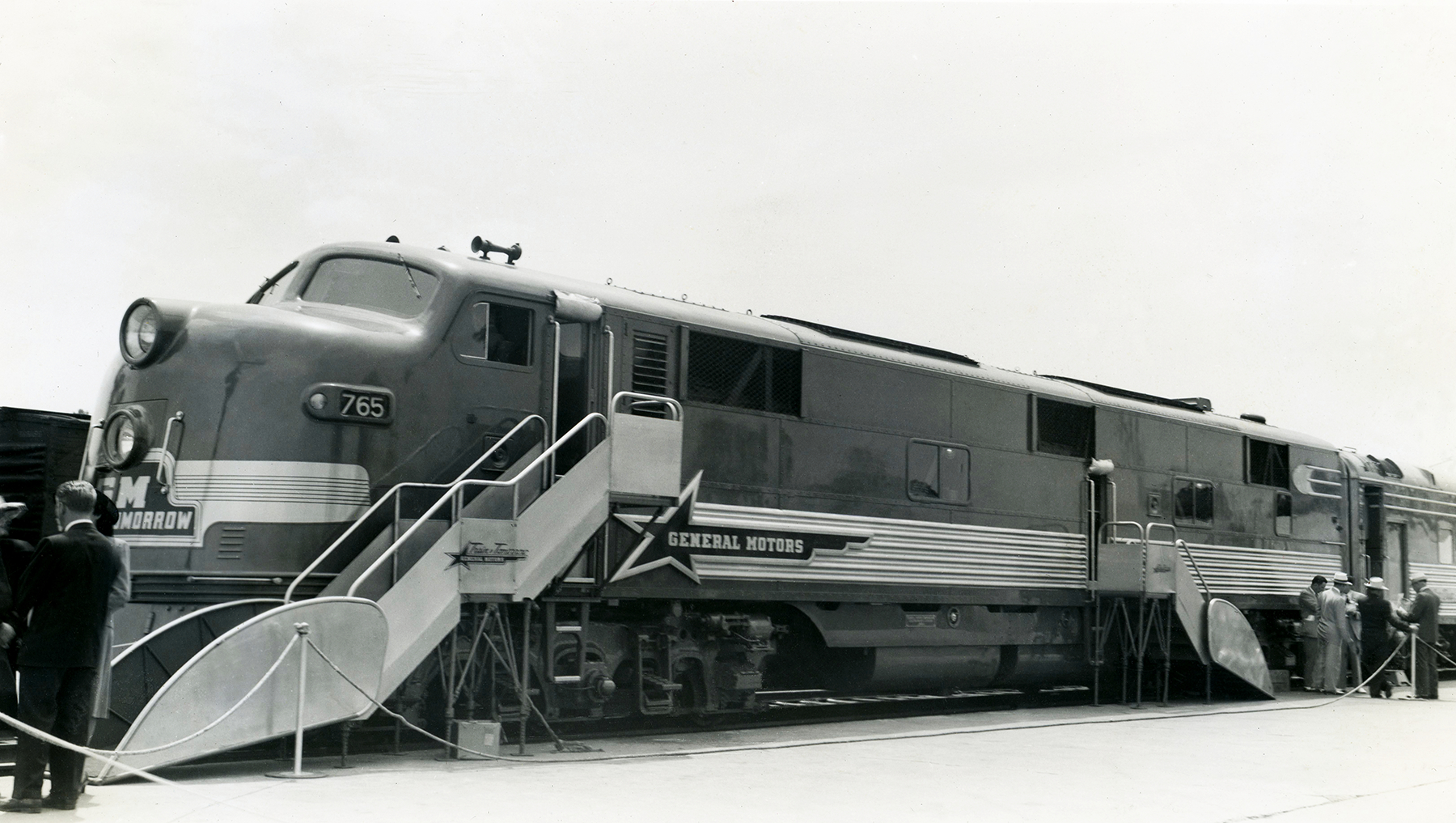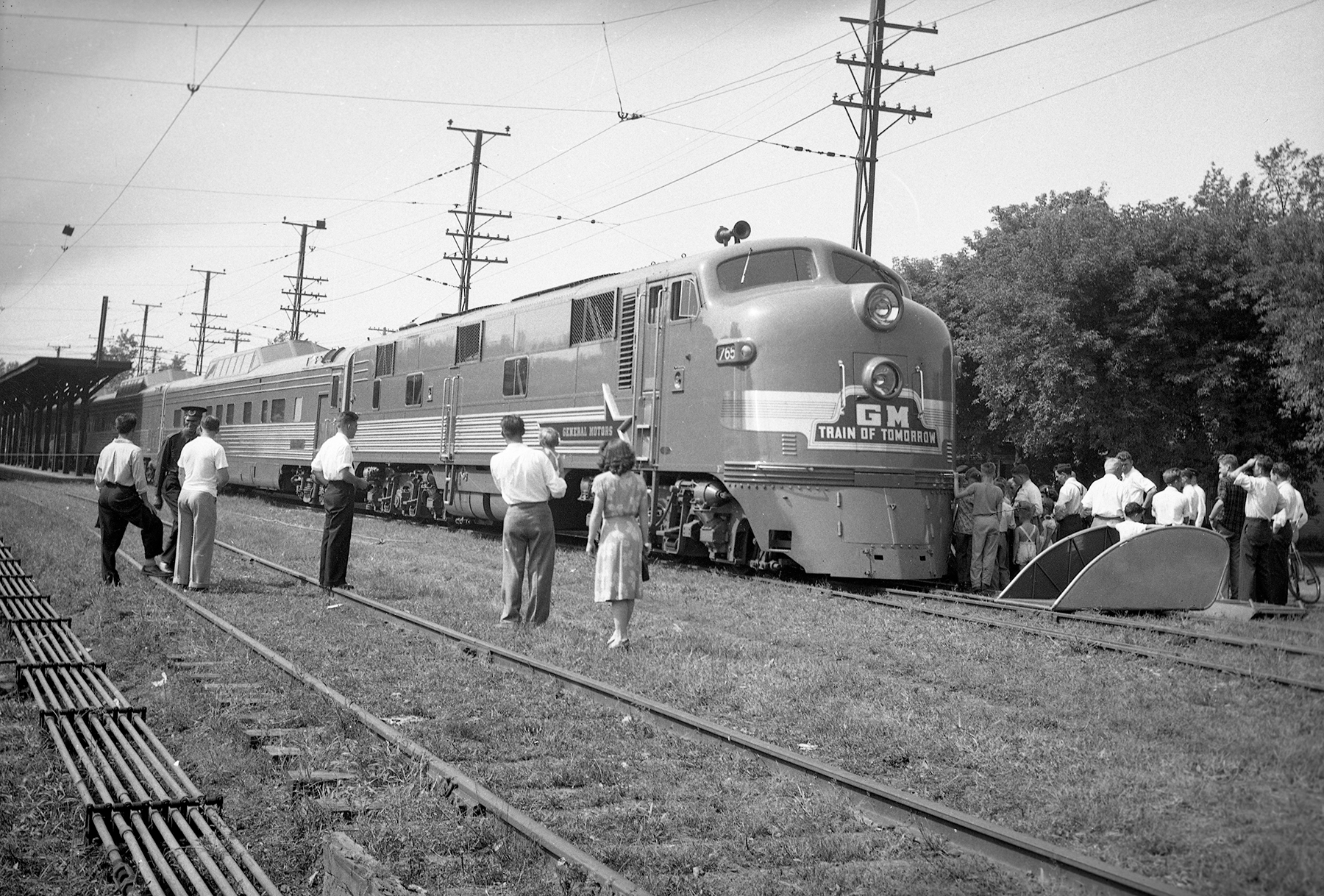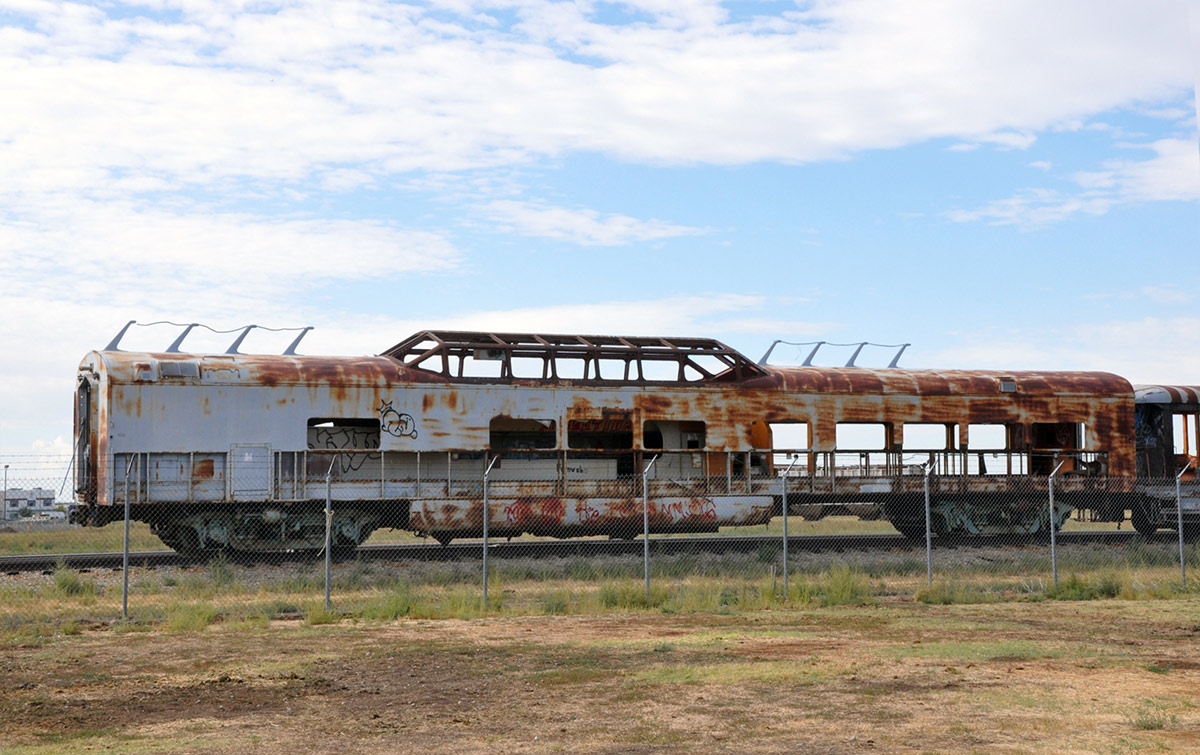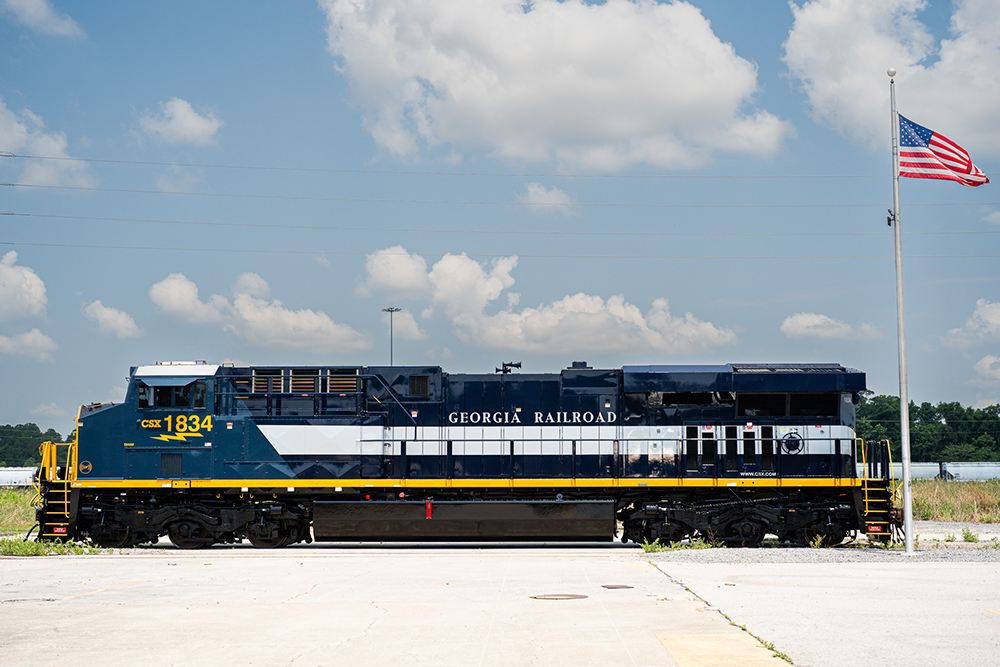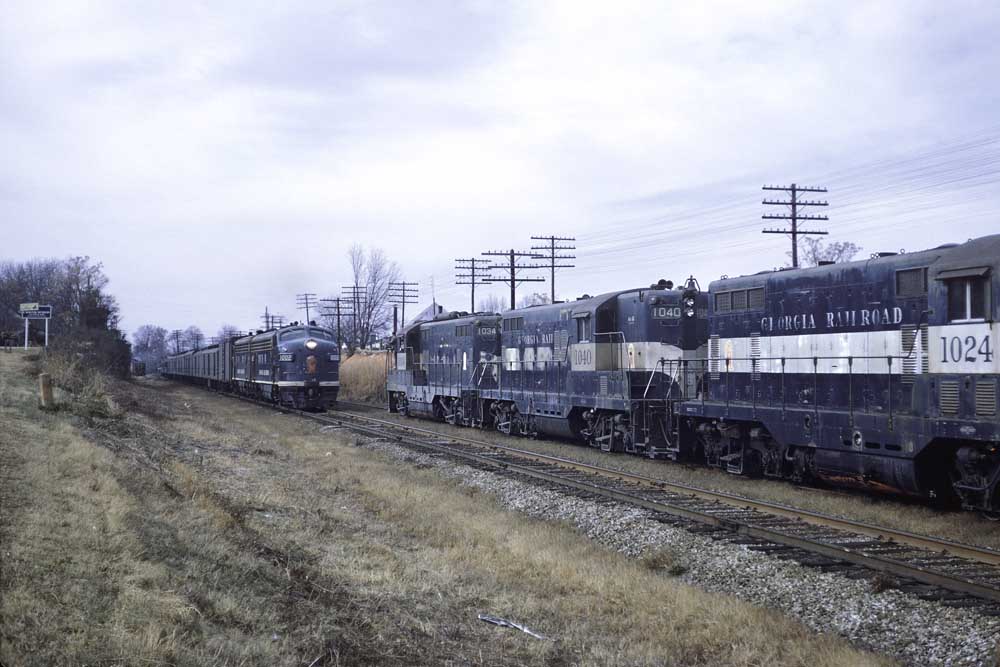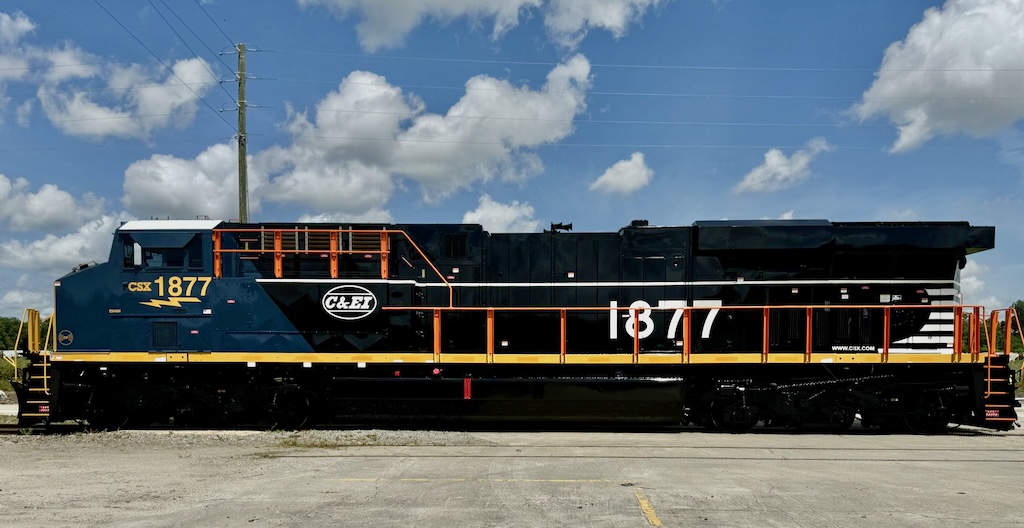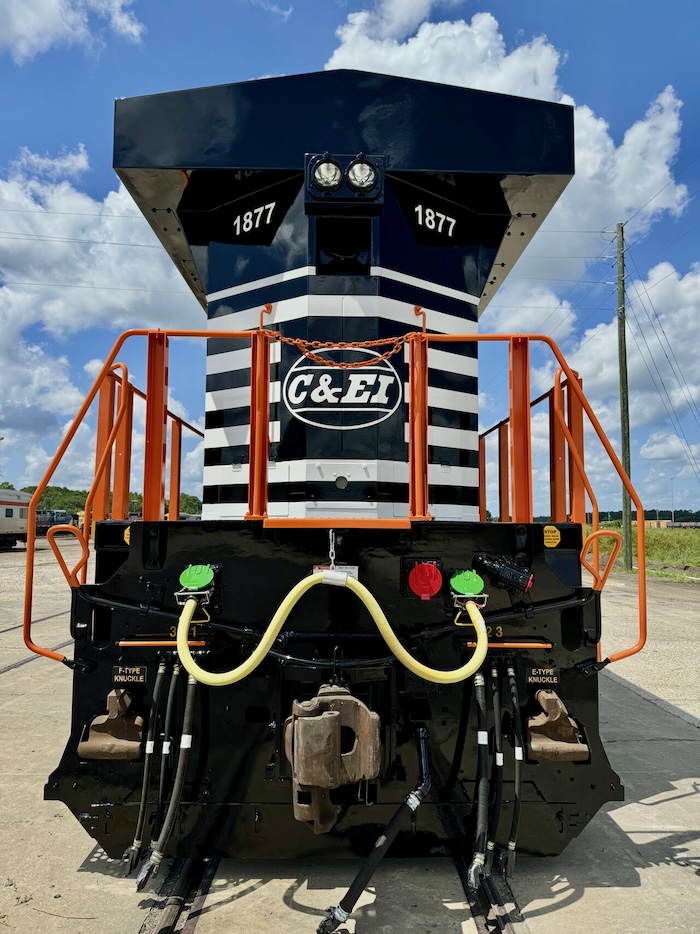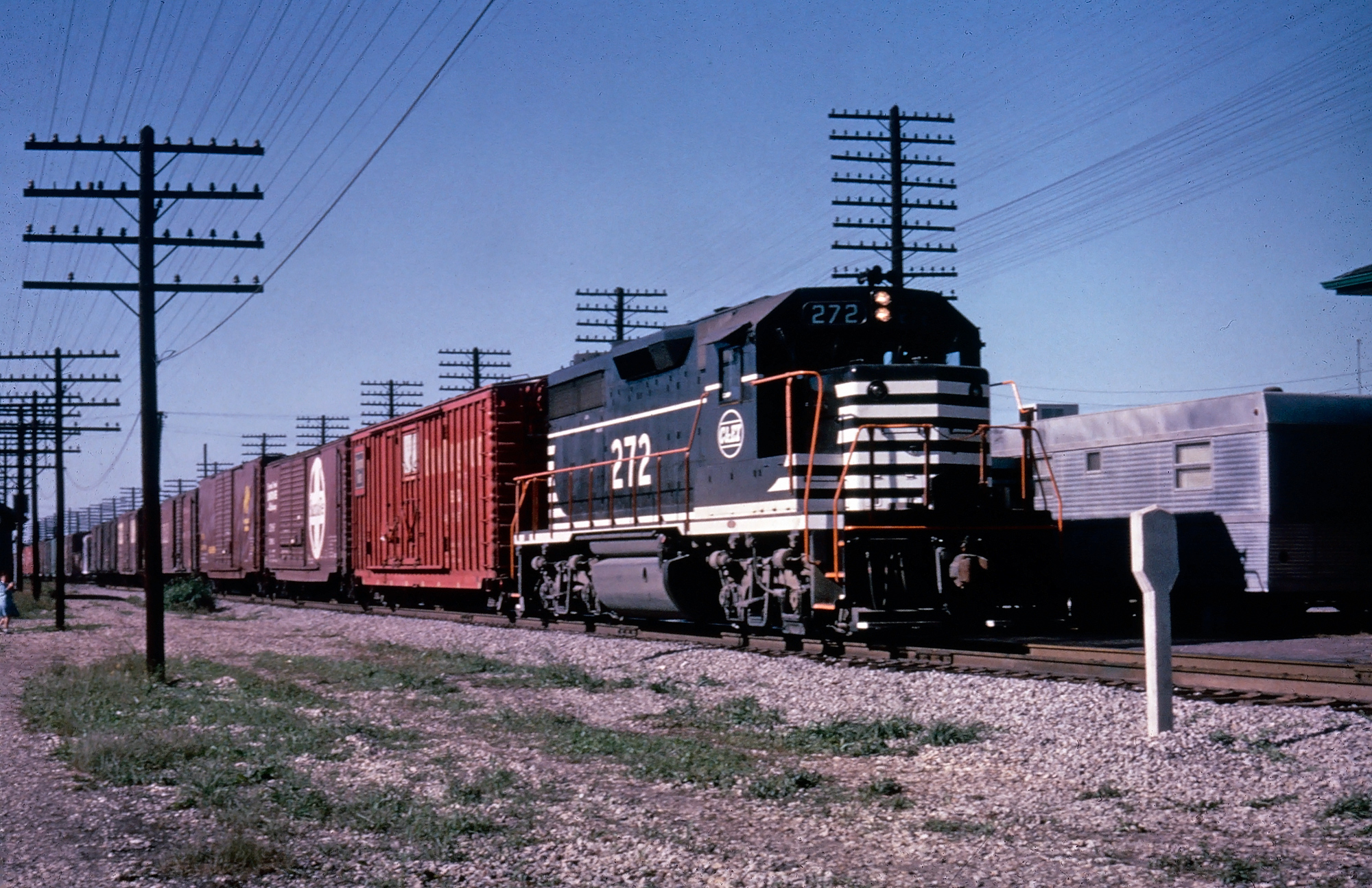GM initially intended to sell the Train of the Tomorrow to the highest bidder in 1947, after completing its originally planned six-month tour. On October 17, 1949, EMD general manager Cyrus Osborn received a note that GM ask for $950,000 for the whole train, including the locomotive, as GM was very keen to sell the whole train as a unit, with any amount offered over the asking price being donated to charity. On October 21, Osborn sent a letter to 29 railroad presidents offering them the opportunity to buy the train but wasa rebuffed by all of them Due to the short length of the Train of Tomorrow and its lack of an identical second train, which would be needed to effectively run an overnight service, purchasing the train was not practical for many railroads, many of which also simply did not have enough capital to make such a purchase and also saw the falling ridership in passenger service. While Osborn's letter asked for all bids to be made to EMD by December 1, the train remained unsold by that date.On March 18, 1950, in another internal memorandum to the railroad's executive committee, UP offered purchasing the train for $500,000 and spending another $100,000 on refurbishing it and miscellaneous costs, with the intention of putting it into service between Portland and Seattle. According to internal documents, GM had received a number of bids for the train but was willing to sell it for $500,000, which likely meant that either all the bids were lower or the other bidders were after individual pieces of the equipment but EMD was determined not to sell cars individually.
After taking delivery of the Train of Tomorrow in April 1950, the Union Pacific repainted the exterior of the train in its livery, refurbished the entire interior and mounted a large taillight to the roof of Moon Glow. In May, the train went on a tour of the Union Pacific system with an emphasis on the PNW, as the railroad had already decided that the train would be put into service between Portland and Seattle. On June 18, it began service as part of Train 457, which departed Portland northbound at 8 am and arrived in Seattle at 1:05 pm, laying over there for nearly four hours before departing southbound as Train 458 at 5 pm and arriving in Portland by 9:30 pm. The train was typically three EMD E7 locomotives, an RPO-baggage car, five or six chair cars, a parlor car, a through-sleeper car for the City Of Portland, and then the four dome cars from the Train of Tomorrow together at the rear of the train. In March 1956, the Union Pacific renumbered three of the cars (all but the sleeper Dream Cloud), while in 1959, Moon Glow had its rounded end cut off and squared for use in mid-train service, typically next to the dining car as a convenient place for passengers to wait for a table. In February 1961, dining car Sky View was the first Train of Tomorrow car to be retired, followed by sleeping car Dream Cloud in February 1964, chair car Star Dust in November 1964, and Moon Glow in March 1965, and the E7A was traded into EMD in '65 either to be rebuilt to E9-spec or as trade-in material for an E9. While Star Dust, Dream Cloud, and Sky View were ultimately scrapped in 1964 at McCarty's Scrap Yard in Pocatello, Moon Glow survived. It was eventually moved to Ogden Union Station Museum in 1985, and while there has been talk of restoration in the nearly 40 years since, it is currently a rusting hulk that is missing pretty much everything and would need an estimated $3 million to restore.
